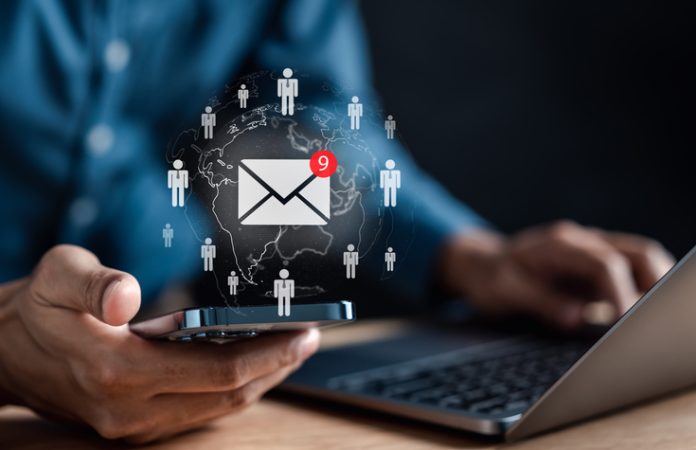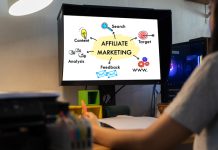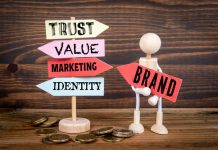In the world of marketing, emails continue to stand out as a tool for driving conversions. Yet to harness its potential businesses must craft an organized email marketing strategy. This strategy serves as a roadmap that guides customers through stages of their buying journey starting from awareness and culminating in successful conversions.
Here’s a step-by-step guide on how to build a highly successful email marketing funnel for conversions.
Understanding the Email Marketing Journey
An email marketing journey comprises phases each aimed at nurturing leads and guiding them towards making a purchase. These stages typically include:
- Awareness: Introducing your brand and sparking interest.
- Interest: Engaging prospects with content.
- Consideration: Providing in depth information to assist prospects in evaluating your products or services.
- Conversion: Encouraging prospects to take the leap and make a purchase.
- Loyalty: Fostering customer loyalty by keeping them engaged and encouraging repeat purchases.
Step 1: Establishing Your Objectives and Target Audience
Before diving into crafting your email funnel it’s essential to outline goals and gain insights into your target audience. Determine what you aim to accomplish through your email campaigns – be it boosting sales figures, enhancing customer engagement or reinforcing brand loyalty.
Furthermore developing buyer personas is essential, for understanding the needs, preferences and challenges of your target audience. This understanding will enable you to create tailored and engaging email content that connects with your audience.
Step 2: Constructing a Quality Email List
An effective email marketing strategy created with an email provider like Mailchimp or a Mailchimp alternative begins with a top notch email list. Here’s how you can build one:
- Opt In Forms: Incorporate opt in forms on your website, blog and landing pages. Offer incentives such as eBooks, discounts or exclusive content to entice visitors to subscribe.
- Social Media: Promote your email sign up form across social media platforms to expand your reach.
- Webinars: Gather email addresses during events, webinars and workshops.
Ensure that the opt-in process is transparent and clearly highlights the benefits of subscribing.
Step 3: Create Lead Magnets
Lead magnets are assets provided to customers in exchange for their email addresses. They play a role in the stage of your marketing funnel. Effective lead magnets include:
- eBooks and Guides: In depth resources, on subjects.
- Templates: tools that prospects can utilize.
- Online Courses: content that delivers value.
Your lead magnet should address a specific problem or need of your target audience, making it irresistible for them to subscribe.
Step 4: Craft Compelling Welcome Messages
Once someone signs up the initial email they set the tone for your connection. Create a message that introduces your brand and establishes expectations for future interactions. Important components of an email include:
- Personalized Greeting: Address the recipient by name for a touch.
- Introduction: Give an overview of your brand, purpose and values.
- Value Proposition: Emphasize the perks of being a subscriber.
- Call to Action (CTA): Prompt the recipient to take action like checking out your website or following you on media.
Step 5: Cultivate Leads with Informative Content
During the interest phase aim to build credibility and showcase expertise. Send out emails that offer insights and knowledge pertaining to your field or products. This content may consist of:
- Blog Posts: Share your latest blog entries on subjects.
- Guides and How-Tos: Offer step by step instructions to help subscribers tackle issues.
- Industry Updates: Keep subscribers in the loop, about trends and advancements.
Educational content positions your brand as a trusted resource and keeps prospects engaged.
Step 6: Share Detailed Product Information
As potential customers move closer to making a decision they require in depth details to assess your offerings. Craft email content that showcases the features, advantages and unique selling points of your products or services. Consider including:
- Product Demonstrations: Videos or webinars demonstrating how your products work.
- Case Studies and Testimonials: Real life stories of how your products have benefited customers.
- Comparison Guides: Assist customers in understanding how your products stack up against competitors.
This phase aims to address any concerns and offer the information for a choice.
Step 7: Utilize Persuasive Emails for Conversions
During the conversion phase focus on motivating customers to make a purchase. Use email strategies such as:
- Limited Time Offers: Create urgency with time bound discounts or promotions.
- Exclusive Deals: Provide offers or packages exclusively for email subscribers.
- Abandoned Cart Emails: Remind customers about items left in their cart. Encourage them to complete the purchase, with a discount or free shipping incentive.
Ensure that your Call to Actions (CTAs) are clear and compelling guiding customers towards completing a purchase.Step 8: Cultivate Customer Loyalty Through Follow Up Emails
Step 8: Foster Loyalty with Post-Purchase Emails
Once someone transitions, from being a customer to making a purchase your responsibility doesn’t end there. The loyalty phase involves maintaining customer engagement and encouraging repeat purchases. Send follow up emails like:
- Gratitude Emails: Express appreciation for the purchase and outline what customers can expect next.
- Product Usage Suggestions: Offer tips and guides to help customers maximize the benefits of their purchase.
- Feedback Requests: Seek input to enhance your products and services.
- Loyalty Programs: Introduce programs that incentivize repeat purchases and referrals.
Establishing a rapport with customers can result in increased long term value and more word of mouth referrals.
Step 9: Evaluate and Enhance Your Marketing Funnel
To ensure that your email marketing strategy is effective it’s crucial to assess its performance and make adjustments based on data. Monitor metrics such as:
- Open Rates: The percentage of recipients who open your emails.
- Click-Through Rates (CTR): The percentage of recipients who click on links within your emails.
- Conversion Rates: The percentage of recipients who complete the desired action, such as making a purchase.
- Unsubscribe Rates: The percentage of recipients who opt out of your email list.
Use A/B testing to experiment with different email elements, such as subject lines, content, and CTAs. Analyze the results to identify what works best and refine your approach accordingly.
Developing an email marketing strategy for boosting conversions involves planning, strategic content development and continual refinement. By knowing your target audience offering information and guiding customers through each step of their buying journey you can enhance conversions and reach your business objectives. Remember, the key to triumph is delivering messages to the individuals at the right moments. Through dedication and a commitment to enhance your email marketing strategy can evolve into a tool for fostering growth and boosting revenue.



































